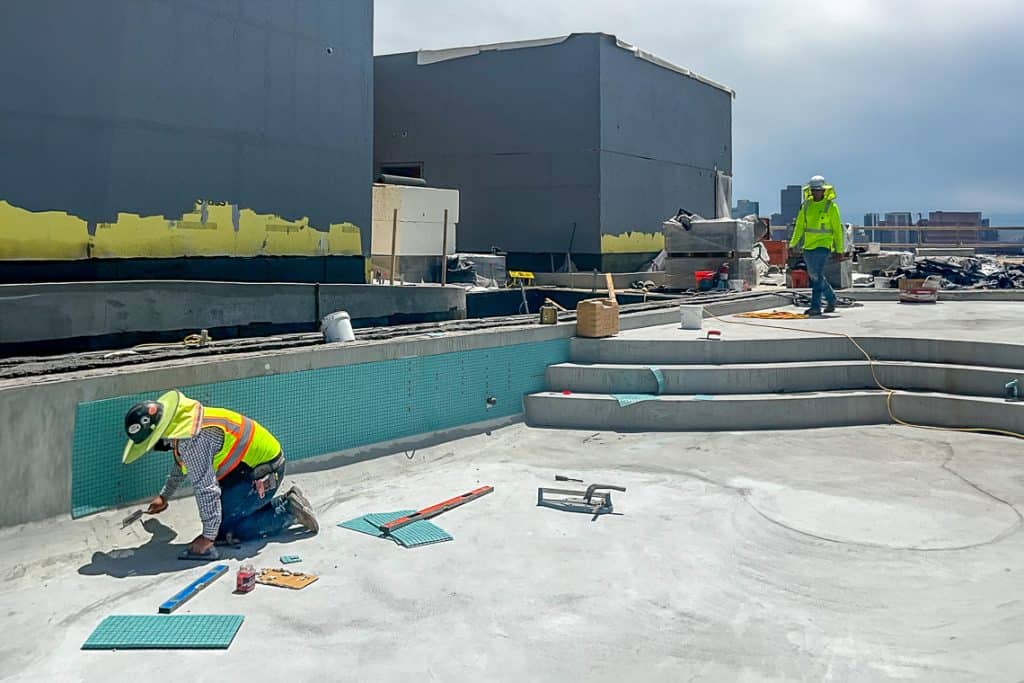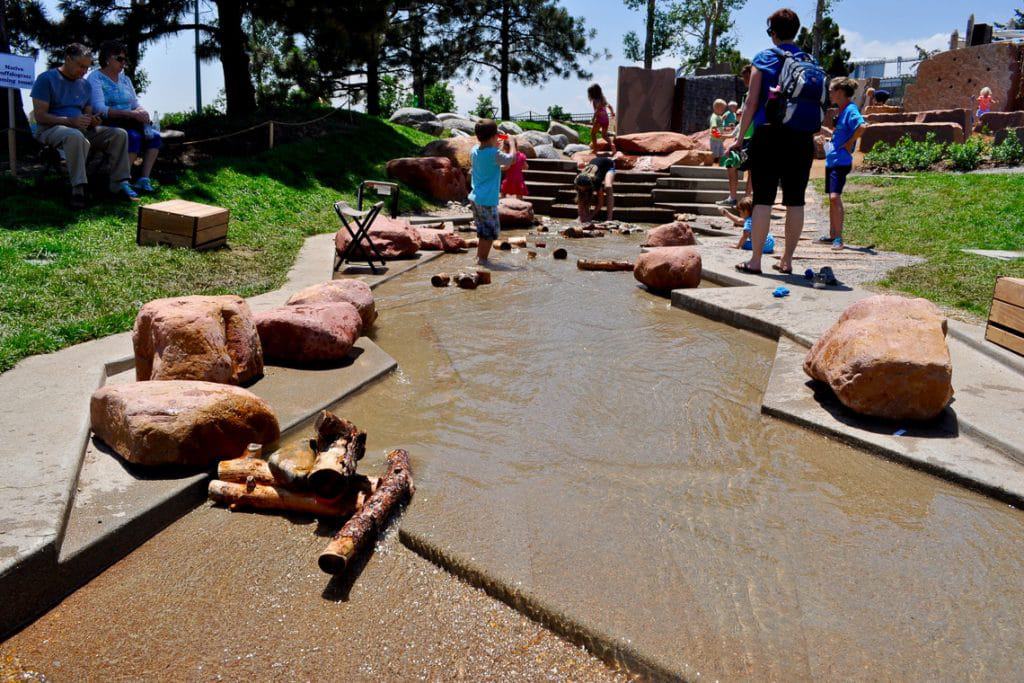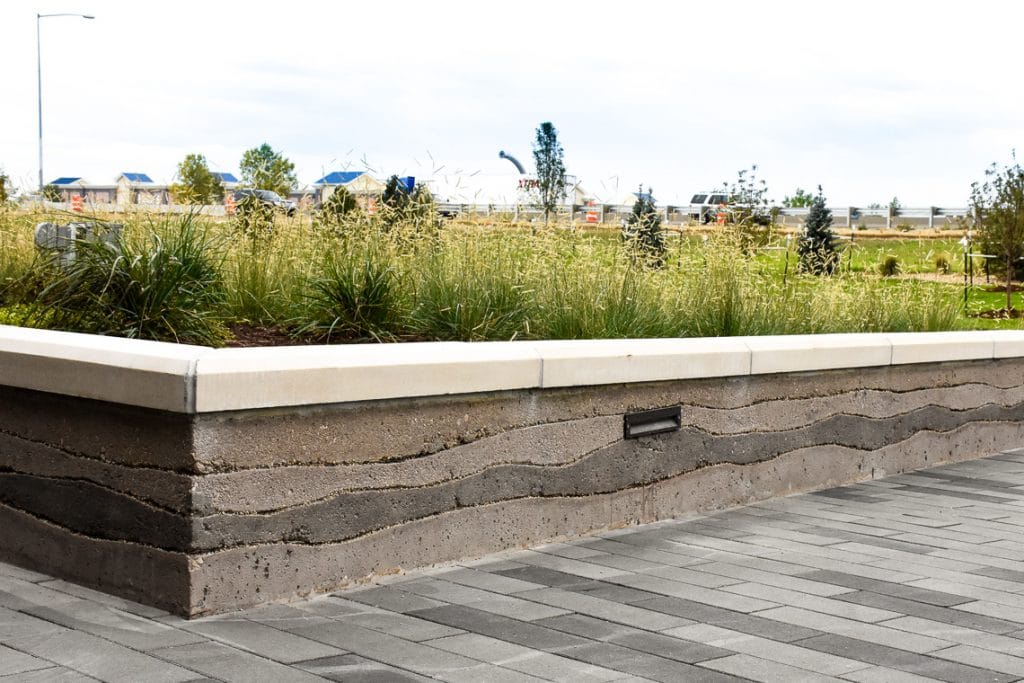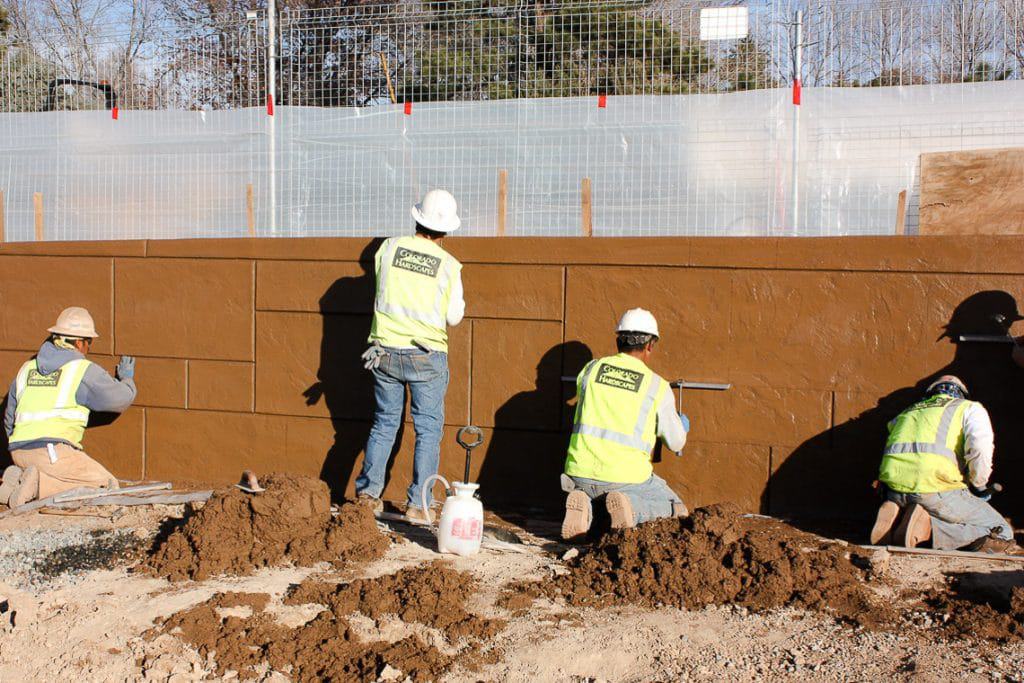Imagine designing the perfect pool for your project, only to have it turn into a leaking nightmare.
The most sophisticated pool design can be ruined by cutting corners on one thing: proper waterproofing. In this blog post, we’ll discuss the crucial importance of pool waterproofing, common mistakes made during the process, and our secret for prevention. With our commitment to going the extra mile in waterproofing, we strive to set a higher standard of quality for swimming pools that stand the test of time. Join us as we take you on a deep dive into creating waterproof swimming pools that last.
When Waterproofing Goes Wrong
We know that waterproofing pools is one of the most important steps to ensure their longevity. But, what happens when waterproofing goes wrong?
When in-ground pools leak, they will go on to experience problems. Some of which include pool shells lifting out of the ground and/or decks cracking from freeze-thaw. Typically, once you recognize these issues, it’s far too late. You can only solve them with costly repairs or replacements. That’s not all, though. In-ground pools are also at risk for groundwater seeping IN. If you’ve ever seen a swimming pool with efflorescence (whiting around the edge), you can be sure this is from poor pool waterproofing.
For leaks on podium pools, aka, “high-rise pools”, the only, yet most serious risk is water seeping into other parts of the building. Many contractors are therefore more hesitant to build pools over occupied space. For these pools and spas, there are a lot more factors to consider and a lot more at stake in the case of waterproofing failure.
Our Approach to Waterproof Swimming Pools

Alright, let’s jump into solutions! Our aquatics division at Colorado Hardscapes has come up with a foolproof, 4-step, plan through extensive research and testing. Continue reading to learn the waterproofing process we rely on for all of our pool and spa projects.
STEP 1: VAULT WATERPROOFING
The first step starts beneath the pool shell. For podium/elevated pools, the waterproofing subcontractor would install hot-applied waterproofing inside a structural vault that is cast by others. If water were to make its way under the pool shell (pool shells have condensation build-up also), then a drain installed by the onsite plumber would allow water to escape. We strongly prefer the drain board to be put on top of the waterproofing. We then cover the drain board with 2” of washed crushed rock to allow more water volume and less likelihood of buildup/clogging.
After these boxes are checked, our team shoots the pool monolithically with a high-quality shotcrete mix, creating a strong and durable shell.

STEP 2: PENETRATING WATERPROOFER
Next, we introduce a penetrating waterproofing agent. We spray-apply a special waterproofing layer directly on the surface of the curing concrete. The layer densifies and resists the majority of water (in reality it acts as more of a damp-proofing layer than true waterproofing, but critical nonetheless). The layer functions as the primary shield against water penetration, providing exceptional and long-lasting protection to the pool shell. It also acts as a primer for the plaster, bond coat, mortar bed, or cementitious waterproofing.
STEP 3: MEMBRANE & BOND COAT
In the third step of our pool waterproofing strategy, we apply a Waterproof Membrane. This waterproof membrane has been specifically designed for concrete/masonry and is both highly flexible and LEED-compliant. Although an exceptionally waterproof product, this layer is insufficient in bonding to plaster. This is why we introduce a third layer onto the concrete. The application of this layer is purely to bond the membrane to the plaster for a seamless, cohesive finish.

STEP 4: PLASTER ENHANCER
Now, our final step in our pool waterproofing strategy – the Plaster Enhancer. The beauty of this agent lies in its ability to reduce water absorption. A staggering 80% water reduction ensures your pool remains watertight. Not only that, but it densifies the plaster, adding to its structural strength, similar to the penetrating waterproofer. If you’re concerned about maintaining a consistent color/finish, this enhancer also keeps plaster dusting to a minimum. While plaster is not inherently ‘waterproof’, having a dense and crack-free plaster does keep penetration and seepage to a minimum.
While none of these products guarantee 100% water tightness, layering multiple effective products significantly reduces any seepage to an inconsequential amount.
If anything, know this…
You want your contractor to know what they’re doing when it comes to waterproofing, but how can you figure out who to trust? We always encourage vetting your potential subs. This includes asking for a list of pool projects you can look at for yourself, talking to past clients, and asking technical questions.
So, why are we giving out our secrets to waterproof swimming pools?
By educating general contractors and landscape architects alike, we hope to empower you to make knowledgeable decisions when choosing your pool contractor. Our transparency encourages fair competition in the industry by allowing clients to understand the differences in cost and quality of services among contractors. Ultimately, our goal is to promote education and raise the bar for the swimming pool industry.
If you have any questions about your pools, spas, or hot tubs, please do not hesitate to reach out to our team of experts. You can contact us via email at [email protected] or by phone at 303-750-8200. We are always here to offer guidance and support as you embark on your pool designing journey. Thank you for considering Colorado Hardscapes as your trusted partner for turning visions into reality.





